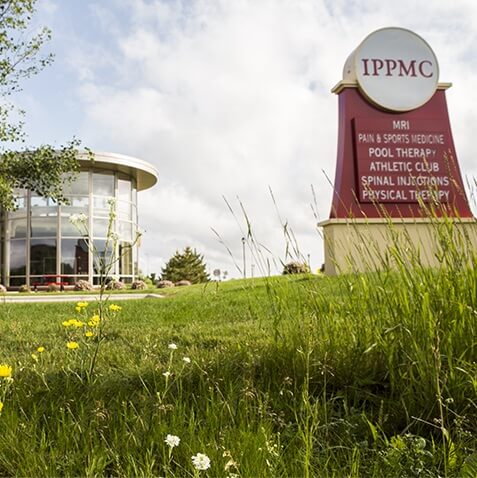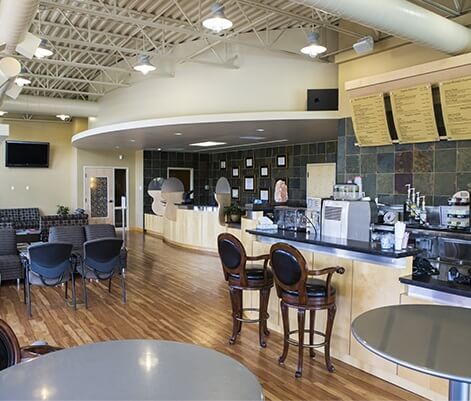Arthritis / Joint Pain / Syndrome
Up to 33 million American adults have some type of arthritis. It is a major cause of lost work time and serious disability for many people.
What is a joint?
A joint is where the ends of two or more bones meet. For example, a bone of the lower leg, called the shin or tibia and the thighbone, called the femur, meet to form the knee joint. The hip is a ball and socket joint. It is formed by the upper end of the thighbone-the ball-fitting into the socket-part of the pelvis called the acetabulum.
The bone ends of a joint are covered with a smooth material called cartilage. The cartilage cushions the bone and allows the joint to move easily without pain. The joint is enclosed by a fibrous envelope called the synovium which produces a fluid that helps to reduce friction and wear in a joint. Ligaments connect the bones and keep the joint stable. Muscles and tendons power the joint and enable it to move.
What is inflammation?
Inflammation is one of the body's normal reactions to injury or disease. In an injured or diseased joint, this results in swelling, pain, and stiffness. Inflammation is usually temporary, but in arthritic joints, it may cause long-lasting or permanent disability
There are more than 100 different types of arthritis.
What is osteoarthritis?
The most common type of arthritis is osteoarthritis. It is seen in many people as they age, although it may begin when they are younger as a result of injury or overuse. It is often more painful in weight bearing joints such as the knee, hip, and spine. All joints may be more affected if they are used extensively in work or sports, or if they have been damaged from fractures or other injuries.
In osteoarthritis, the cartilage covering the bone ends gradually wears away. In many cases, bone growths called "spurs" can develop in osteoarthritic joints. The joint inflammation causes pain and swelling. Continued use of the joint produces pain. Some relief may be possible through rest or modified activity.
What is rheumatoid arthritis?
Rheumatoid arthritis is a long-lasting disease that can affect many parts of the body, including the joints. In rheumatoid arthritis, the joint lining swells, invading surrounding tissues, and producing chemical substances that attack and destroy the joint surface. This commonly occurs in joints in the hands and feet. Larger joints such as hips, knees, and elbows also may be involved. Swelling, pain, and stiffness are usually present even when the joint is not used. Rheumatoid arthritis can affect people of all ages, even children. However, more than 70 percent of people with this disease are over 30 years old. Many joints of the body may be involved at the same time.
How is arthritis diagnosed?
Making a diagnosis of arthritis often includes evaluating symptoms, a physical examination, and X-rays, which are important to show the extent of damage to the joint. Blood tests and other laboratory tests may help to determine the type of arthritis.
How is arthritis treated?
The goals of treatment are to provide pain relief, increase motion, and improve strength. There are several kinds of treatment:
- Medications - Many over-the-counter medications, including aspirin, ibuprofen, naproxen, celebrex (common anti-inflammatory drugs) may be used to effectively control pain and inflammation in arthritis. Acetaminophen (Tylenol) may be used to effectively control pain. Prescription medications also are available if over-the-counter medications are not effective. The physician chooses a medication by taking into account the type of arthritis, its severity, and the patient's general physical health. Patients with ulcers, asthma, kidney, or liver disease may not be able to safely take anti-inflammatory medications.
- Injections - localization of cortisone directly into the joint may temporarily help to relieve pain and swelling. If patients obtain short term relief with injections into spinal joints, then they may be candidates for radiofrequency denervation for longer term pain control.
- Joint protection - Canes, crutches, walkers, or splints may help relieve the stress and strain on arthritic joints. Learning methods of performing daily activities that are the less stressful to painful joints also may be helpful. Certain exercises and physical therapy (such as heat treatments) may be used to decrease stiffness and to strengthen the weakened muscles around the joint.
Is there a cure for arthritis?
At present, most types of arthritis cannot be cured. Researchers continue to make progress in finding the underlying causes for the major types of arthritis. In the meantime, pain physicians working with other physicians have developed many effective treatments for arthritis.
In most cases, persons with arthritis can continue to perform normal activities of daily living. Exercise programs, anti-inflammatory drugs, and weight reduction for obese persons are common measures to reduce pain, stiffness, and improve function.
Adapted from http://www.treatingpain.com


